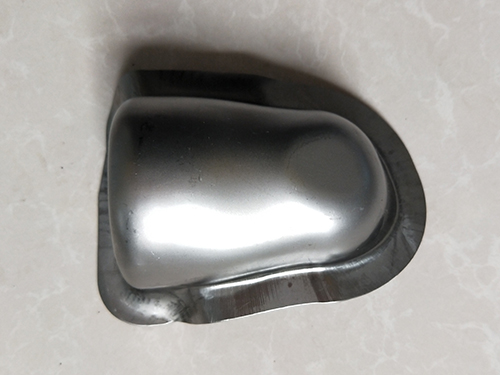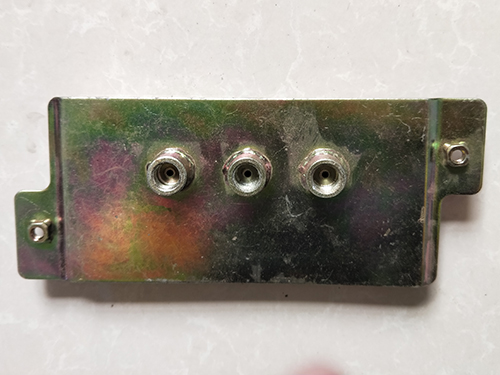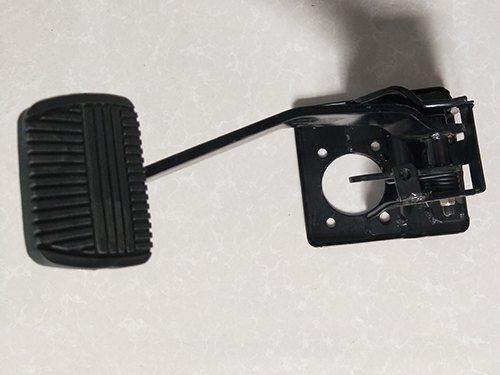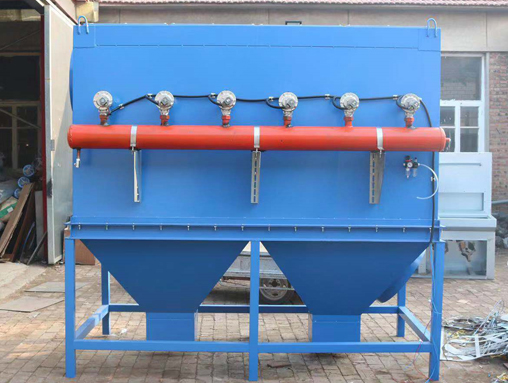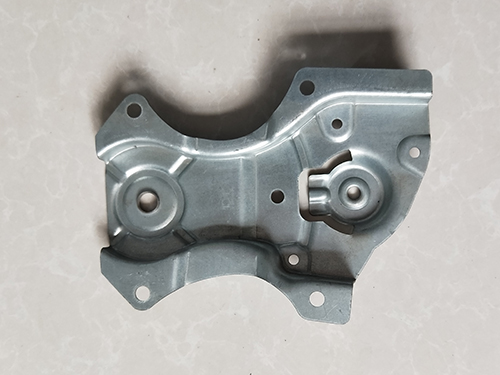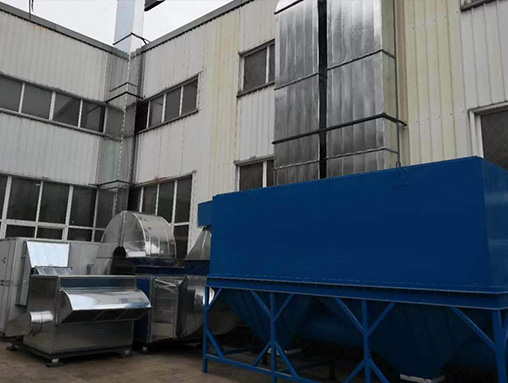Burr problem and stamping process of cutting materials for stamping parts
1. Burrs appear on the cutting material
When stamping automotive hardware parts; When cutting materials from sheet metal, there are often many sharp objects on the edges of the material, some of which are thin and some are thick, but they are relatively high and obvious. This is the burr that often appears on the cutting edge of the material after cutting. There are two types of burrs. One is that the gap between the concave and convex molds of the cutting machine is too large, resulting in high and thick burrs at the cutting point that are not on the same line; Another situation is that although there is a gap between the concave and convex molds, it is not large or the blade wears out due to long-term use, resulting in high but thin burrs. Therefore, we need to adjust the gap between the concave and convex molds, regularly inspect the blades, and grind the worn blades.
Wrinkle during stretching
Stamping parts for automobiles; The material thickness varies, and when thin stamping parts are needed, we need to stretch them. Sometimes, wrinkling may occur during stretching, such as the edges appearing wavy and uneven, which seriously affects the later splicing work. Of course, there is also a type of wrinkling that occurs when stretching some spherical shaped stamped parts, resulting in uneven wrinkles on the side walls. These wrinkles not only destroy the appearance, but also lead to the phenomenon of mismatch between automotive stamped parts and other components during later automotive assembly. Fundamentally, the phenomenon of wrinkling occurs because the material is subjected to uneven forces during stretching. For example, uneven pressure during stretching of a flat plate can cause an imbalance in the forces acting on the middle and edges of the material. For example, when stretching a spherical material, if the external and internal forces of the ball cannot reach an equilibrium point, it can lead to raised wrinkles in the material after compression. For these, we need to pay attention to the degree of stretching and use auxiliary tools to prevent the material from arching or to thicken the material.
3 rupture during stretching
In addition to wrinkling caused by stretching, if the tension is too high and exceeds the actual tensile strength of the material, that is to say, exceeding the material's bearing capacity, it will cause the material to break, wasting materials and also wasting a lot of manpower and material resources. Therefore, we should pay attention to prevention. When stretching, it is often not the thin areas that are prone to cracking, but the areas with large deformations that are prone to cracking. This indicates that in areas that require significant stretching, we can take proactive measures and repair them after stretching. For example, we can drill process holes or make process incisions in the stretching area to help reduce the tension required for stretching in areas with large bending and avoid excessive tension.
4. Rebound during stretching and forming
Hardware stamping parts often undergo bending and drawing during the drawing process. However, due to the effect of force, the stamping parts may still rebound after drawing, resulting in a significant deviation between the actual dimensions of the stamping parts and the ones we want. This seriously affects the quality of the stamping parts and leads to their inability to function properly. The rebound phenomenon that occurs during the drawing process can now be solved using rebound processing surface compensation technology, but this cannot solve the problem. Further research is needed to propose solutions to avoid material loss and reduce work efficiency.
Automotive stamping parts play a significant role in automotive parts, not only because they almost cover the entire structure of the car, but also because they improve the performance of the car. Automotive stamping parts include the exterior body of the car as well as some internal structures, all of which require us to take automotive stamping parts seriously. Although stamping parts for automobiles have many benefits, they also have many defects that need to be overcome. We need to consider, pay attention to, and avoid these defects in the production process of stamping parts for automobiles, so as to help improve their compressive strength and overall body coordination.
The operations during the stamping process and the clamping and removal of workstation tools may also pose a risk to the surface quality of the parts. Therefore, details should be fully considered at every stage of the entire manufacturing process to avoid quality issues that may affect the appearance of the product.
Surface polishing processing: Surface polishing processing is generally used for a long time in daily necessities. For example, when we produce a comb, which is a hardware component made by stamping, the edges and corners of the stamped comb are very sharp. We need to polish the sharp parts of the edges and corners into a smooth face.
Spray painting processing: Hardware factories use spray painting processing when producing large hardware products to prevent rusting, such as daily necessities, electrical casings, handicrafts, etc.
Electroplating: Electroplating is also a widely used processing technique in hardware manufacturing. By using modern technology to electroplate the surface of hardware parts, the products will not undergo mold or embroidery after long-term use. Common electroplating processes include screws, stamped parts, battery cells, car parts, small accessories, and so on.
Electroplating is a commonly used surface treatment technique in the production of stamped parts. Electroplating is the process of using the principle of electrolysis to deposit a thin layer of other metals or alloys on the surface of a metal. The purpose of electroplating is to coat the substrate with a metal coating, modify the surface properties or standards of the substrate. Electroplating can enhance the properties of metals (metals commonly used for coating), increase hardness, prevent wear, improve conductivity, lubricate, heat resistance, and enhance surface beauty.
Automotive stamping parts need to be sprayed with a layer of primer before electroplating, so that the electroplating effect will be good and the time will be longer. According to the different coating materials, there are different effects in practical applications, such as.
Gold plating: conductive contact impedance, enhances signal transmission. Silver plating: conductive contact impedance, enhances signal transmission. Copper plating: used as a base to enhance the adhesion and corrosion resistance of the plated layer. Copper is briefly oxidized, and after oxidation, copper green no longer conducts electricity, so copper plated products need to be protected with copper. Nickel plating: used as a base or for appearance, to enhance corrosion resistance and ability, (chemical nickel is a modern process that can surpass chrome plating).
